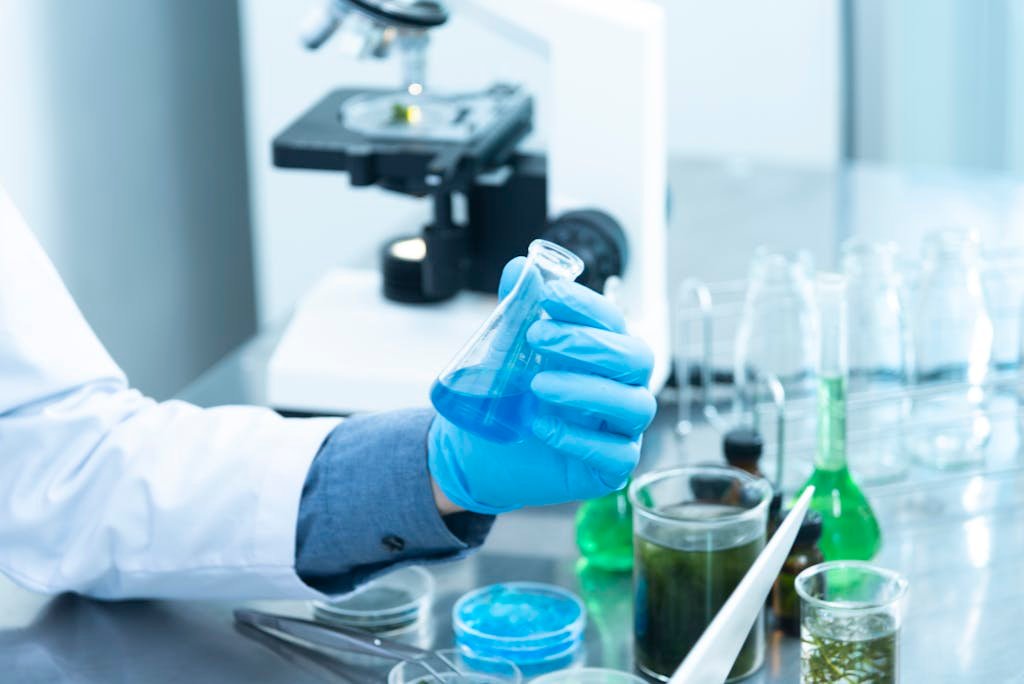What is the difference between viruses, bacteria, and microorganisms?
Until now, some people still confuse the concepts of viruses, bacteria and microorganisms, but the differences between the three are actually very clear. Viruses and bacteria belong to the microorganism group, but viruses cannot be classified as organisms or microorganisms due to their own characteristics, nor do they belong to any of the prokaryotes, protozoa, fungi, plants, and animals.
This popular science article will explain the differences between the three in detail to help more people gain a deeper understanding of viruses, bacteria, and microorganisms.
What is the difference between viruses, bacteria, and microorganisms?
| Aspect | Viruses | Bacteria | Microorganisms |
|---|---|---|---|
| Definition | Submicroscopic infectious agents | Single-celled prokaryotic organisms | Microscopic organisms including bacteria, fungi, algae, protozoa, and viruses |
| Cellular Structure | Not cellular (acellular) | Cellular (prokaryotic) | Varies: can be prokaryotic (bacteria), eukaryotic (fungi, algae, protozoa), or acellular (viruses) |
| Living Status | Non-living outside host cells | Living organisms | Can be living (bacteria, fungi, algae, protozoa) or non-living (viruses) |
| Reproduction | Requires host cell machinery | Binary fission | Varies: binary fission (bacteria), budding (fungi), mitosis (protozoa), requires host (viruses) |
| Genetic Material | DNA or RNA, never both | DNA | DNA or RNA depending on the type (e.g., bacteria have DNA, viruses have DNA or RNA) |
| Size | 20-300 nanometers | 0.5-5 micrometers | Varies: viruses (nanometers), bacteria (micrometers), others can be larger |
| Examples | Influenza, HIV | Escherichia coli, Streptococcus | Escherichia coli (bacteria), Candida (fungi), Amoeba (protozoa), Influenza (virus) |
| Treatment | Antiviral drugs, vaccines | Antibiotics | Varies: antibiotics (bacteria), antifungals (fungi), antivirals (viruses) |
| Metabolism | No metabolism outside host | Active metabolism | Varies: active metabolism (bacteria, fungi, algae, protozoa), no metabolism outside host (viruses) |
| Cell Wall | No cell wall (protein coat instead) | Peptidoglycan cell wall (most) | Varies: peptidoglycan (bacteria), chitin (fungi), none (protozoa), protein coat (viruses) |
What is Viruses?
Let’s start with viruses because they have the simplest structure among the three. A virus is made up of just a single nucleic acid molecule and a small amount of protein. Due to its simple structure, a virus cannot possess its own machinery replicate itself. This means a virus cannot survive independently and must live inside other living organisms. Viruses can infect nearly all living organisms. The first virus discovered was the tobacco mosaic virus. So far, more than 5,000 viruses have been identified and named.

There are various shapes of Viruses from the simplest spirals to complex regular dodecahedrons. Compared to bacteria and microorganisms, viruses are the smallest, with a diameter about one-thousandth that of bacteria. Outside a host, a single virus is just a large chemical molecule. It only performs biological activities and releases new viruses after coming into contact with a host. Due to the rapid replication and proliferation of viruses, their evolution is also swift. This is why there are still no targeted treatments for many viruses today.
What is Bacteria?
Bacteria are generally single-cell organisms with simple structures. Although more complex than viruses, bacteria do not have a nucleus or membrane-bound organelles, so they are classified as prokaryotes. Bacteria are usually very small, but the largest, Namibian Thiomargarita, has a diameter of about 0.2 to 0.6 mm and can be seen with the naked eye. The smallest bacteria are about 0.2 μm in diameter and require a microscope to be observed. Bacteria are everywhere in nature, found on surfaces and inside the organisms, and even in radioactive waste.
Unlike viruses, bacteria play crucial roles in nature. For example, saprophytic bacteria help decompose substances in the carbon cycle, while rhizobiam fix nitrogen to help plants get nutrients, essential for plant growth. Escherichia coli, found in the human intestine, is vital for digestion. This shows that bacteria have unique roles and value, unlike viruses that mostly cause harm.
Bacteria are also widely used in various applications in modern society. However, bacteria can also have negative effects if they grow in the wrong places or disrupt the bacterial balance in the environment, leading to diseases like tuberculosis, plague, and trachoma. Therefore, it is important to manage the development and application of bacteria carefully.
What are Microorganisms?
Bacteria and viruses are included in Microorganisms and are the largest of the three. However, observing a single microorganism with the naked eye is usually not possible; microscopes are needed to see them.
Besides bacteria and viruses, microorganisms also include fungi, protozoa, mycoplasma, and chlamydia. These organisms are typically very small and have fast growth and reproduction rates, much like bacteria and viruses. Generally, the smaller the organism, the faster it grows and reproduces. In favorable conditions, they can multiply rapidly, reaching populations of 10 billion per milliliter, which facilitates the screening and isolation of mutant strains.
Most microorganisms are harmless to humans. However, some microorganisms, known as pathogens, can cause diseases in animals and plants. Diseases like influenza, yellow fever, tuberculosis, dysentery, and hepatitis B are caused by pathogenic microorganisms.
